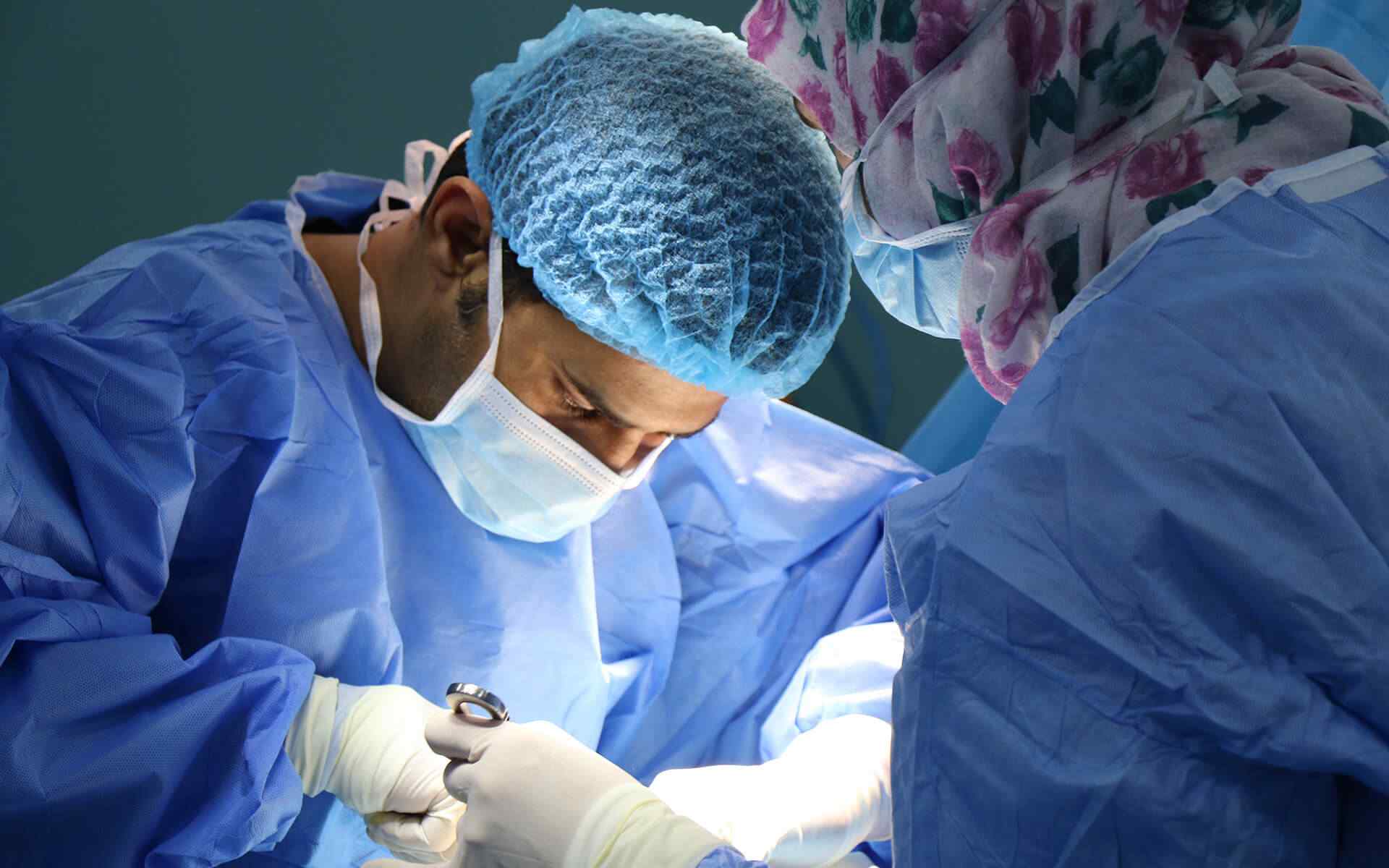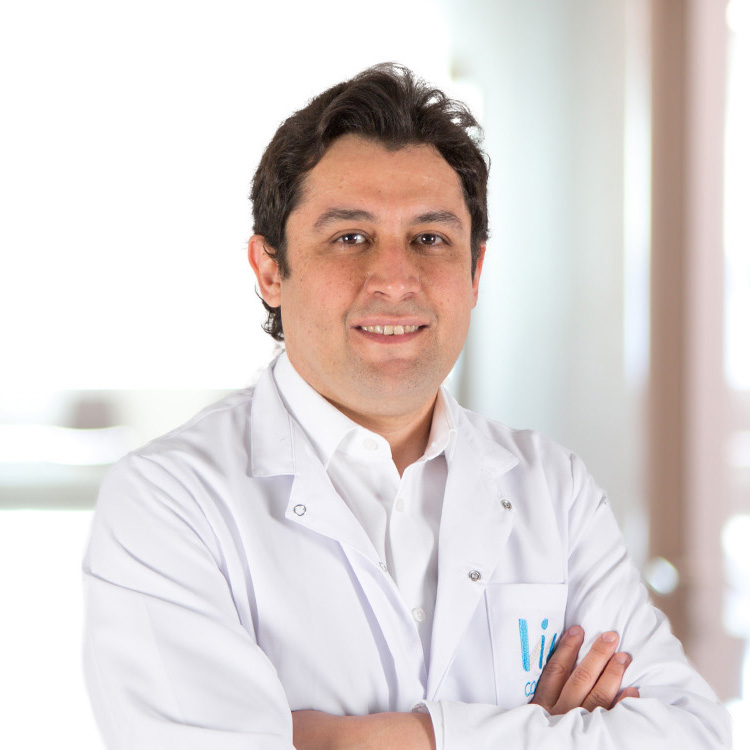Neurosurgery
Make an Appointment
Online Schedule
IntroductionSpecifically in the areas
of brain tumors, neurostimulators (deep brain stimulation), brain biopsies, pediatric neurosurgery, spinal surgery, and gait analysis, Turquoise Medical’s neurosurgery departments offer diagnosis and treatment services.
Physicians from the departments of neurology, neuroradiology, neuroanesthesia, and psychiatry interact with the neurosurgery department.
For the diagnosis and treatment of brain tumors, medical technology tools including PET/CT, CyberKnife, and GammaKnife are used.
Turquoise Medical’s neurosurgery divisions provide diagnosis and care for a wide range of illnesses. Which are:
Neurostimulator
The use of neurostimulators is a treatment option for chronic illnesses that are difficult to manage and have a negative impact on quality of life, such as resting tremors, slowed movements, walking difficulty, and stiffness, which may be linked to gastrointestinal problems and psychiatric complaints.
One of the most effective therapy options for Parkinson’s disease is the neurostimulator. Treatment for a variety of movement disorders, such as essential tremor, dystonia, Tourette syndrome, and familial tremor disorder, as well as psychiatric conditions like preoccupation (OCD), depression, and epilepsy, involves the use of neurostimulators.
Only Turquoise Medical offers neurostimulator therapy.
Degenerative spinal conditions and disc diseases
The department’s primary areas of interest include spinal stabilization (instrumentation) procedures, vetebrectomy, laminectomy, and cervical, lumbar, and thoracic discectomies.
Traumas
Compression fractures, epidural and subdural hematomas, skull base repairs, spinal fractures and their stabilization, as well as spinal cord compression, all call for non-elective or urgent procedures.
Cerebrospinal Vascular Diseases
They include endarterectomy, intracerebral hematomas, vascular anastomoses, and spinal AVMs in addition to surgical care of aneurysm, cavernoma, and arteriovenous malformation.
Neuro-oncology
The surgical management of all types of brain and spinal tumors, meningiomas, glial tumors, cerebellopontine tumors, pituitary tumors, tumors of the brain stem, pineal region, and posterior fossa, tumors of the skull base, extramedullary or intramedullary spinal tumors, calvarial lesions, cranioplasty, craniofacial surgery, craniosynostosis, and reconstruction surgeries are covered
Hydrocephalus Treatment Using Neuroendoscopy
This unit performs shunt surgeries, neuroendoscopic procedures, third ventriculostomies, and arachnoid cyst fenestration.
Functional Neurosurgery
The facility deals with epilepsy, insertion of a vagal nerve stimulator, microvascular decompression for hemifacial spasm and trigeminal neuralgia, and these conditions.
Peripheral Nerve Surgery
The department performs procedures for nerve entrapment disorders and repairs peripheral nerve anastomoses.
Pediatric Neurosurgery
This department deals with the surgical treatment of children cerebro-spinal and nervous system illnesses. At the hospitals and clinics of Turquoise Medical, neuroendoscopic hydrocephalus, cerebellar gliomas, deep brain tumors such thalamic and hypothalamic gliomas, as well as epilepsy, are identified and treated.
Laboratory for Gait Analysis
Gait analysis entails a qualitative assessment of motions and data interpretation. Physical examination and three-dimensional movement analysis are both included in a gait analysis.
Physical Examination: The analysis starts with a thorough physical examination, a range-of-motion (ROM) assessment, and measurements of the goniometer. Measurements include height, weight, leg length, and range of motion.
Three-dimensional analysis of movement: While the subject is moving around a platform, markers are connected to specific body parts, movements are detected by infrared and DVD cameras, and finally, the information is sent to a specialized computer. The computer records and examines the data. Results of the evaluation of the records in graphic and three-dimensional picture formats are provided.
Treatments during the year.
Treatments during the year.
Treatments during the year.


Brain And Nerve SurgeryBrain battery
Patients with parkinson and patients experiencing involuntary contraction seizure and failing are also used.
Early diagnosis of the disease is important.
The battery that will give normal electric waves to the brain is surgically placed under the chest cage or bridge bone.
Imaging techniques MR, Tomography, EEG, EMG.
Vaccination & Testing
Our Hospital provide the highest quality care to improve the health of our entire community through innovation, collaboration, service excellence, diversity and a commitment to patient safety






